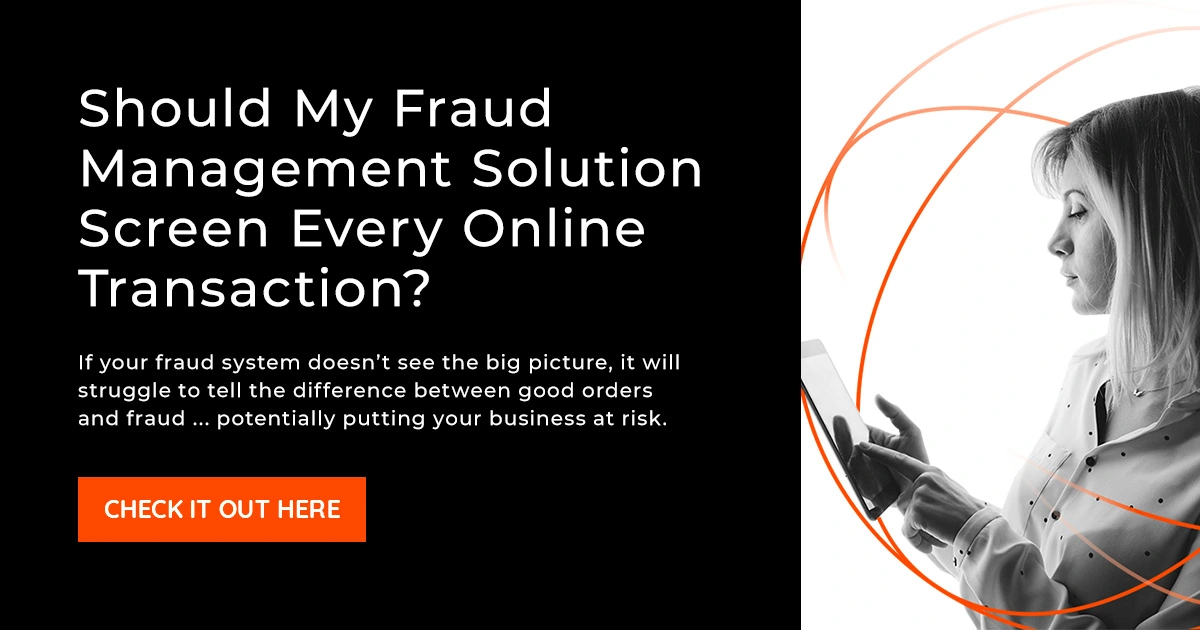Headless Commerce: What, Why and How
As technology and e-commerce solutions improve, we’ve seen digital platforms evolve from on-premises platforms to software-as-a-service. Now, while these two models aren’t completely outdated (in fact, there may be instances in which these technologies or even hybrid models still make sense), headless commerce is clearly taking e-commerce businesses to the next level.
But “headless” is more than just a trendy buzzword that’s synonymous with an omnichannel approach to sales. Here’s what you should know about implementing a headless platform.
What Headless Commerce Means to You
Headless commerce, an e-commerce platform in which the front-end presentation layer is decoupled from the core e-commerce engine, is simply a way of delivering experience-led shopping solutions. Although you might think that implementing a headless platform is the same as delivering an omnichannel experience, the two are actually quite different.
Whereas omnichannel commerce is a concept, headless e-commerce is the technology architecture that brings that concept to life. To put it even more simply: Retailers who want to offer their customers an omnichannel experience can adopt a headless digital commerce platform to execute that experience.
Why You Should Consider Adopting Headless Commerce
There are four big reasons you might want to consider implementing a headless e-commerce platform.
Customization
With an estimated 80% of customers saying the shopping experience a merchant provides is just as important as the products and services it offers, you want to make sure you’re offering your shoppers a one-of-a-kind experience. And you can deliver just that with headless commerce.
“I like to compare headless technology with a box of LEGOs,” said Alex Soncini, head of global accounts at VTEX. “You have many prebuilt pieces and a manual for a suggested way of assembling them, but you’re free to build any way you want — and even mix in other pieces.”
With headless commerce, you can develop a wide range of services (like search engines and product recommendations), customize the user experience and create a brand identity — all without having to reinvent the wheel or start from scratch each time. Instead, you take a base, customize it and use it the way you want to without restrictions. And although this do-it-yourself customization may sound intimidating, confides Soncini, some headless solutions now offer low-code development environments that make it fast and easy to build and customize.
Agility
With technology evolving and the online sales landscape changing rapidly, Soncini reminds retailers that they need to be able to move and adapt to market changes. Headless commerce does just this by letting you quickly make changes to the front end of your system (in some cases, up to 90% faster) without disrupting the back end.
Headless commerce is also a good option for brick-and-mortar retailers if they think they may initiate (or evolve) their e-commerce strategy in the future. Why? Because it’s the current “future-proof” technology and is an excellent long-term option for those who have plans to grow an online business.
Scalability
Soncini warns that even if you don’t have much traffic to your site now, you want to be prepared for that to change. And as the number of visitors to your website grows, a modular system lets you more easily handle these traffic surges without disrupting the operation of other areas of your business. Even better, seasonal promotions and marketing campaigns can be pushed out quickly and easily without having to reconfigure your entire website.
How to Choose the Right Platform
If you’re looking to create an experience-driven website for your customers — or simply wanting to save on costs or increase conversion rates — headless commerce might be just the solution you’re looking for. But choosing the right platform isn’t as straightforward as just comparing features and picking the one with all the bells and whistles. Instead, you’ll need to consider things like:
- Are you choosing platforms based solely on your familiarity or comfort level with open-source or proprietary platforms?
- What unique requirements do you and your customers have?
- What’s your budget?
- What’s the purpose of your digital system, and what channels do you want to be present on?
- Do you have access to in-house developers, content editors and other tech support?
- Can the platform support your security requirements?
As you look for the answers to these questions, you’ll also want to ensure the platform lets you integrate a fraud prevention solution that will also deliver a safe, amazing purchasing experience. Keep your business protected with the power behind ClearSale’s 18+ years of fraud prevention expertise. We know the best ways to keep you, your revenues and your customers safe — even in the face of new e-commerce and fraud trends. Interested in learning why companies around the world trust us to reduce false declines and chargebacks and approve more legitimate transactions? Just contact us. We’d be happy to tell you more.
 Sarah Elizabeth
Sarah Elizabeth
